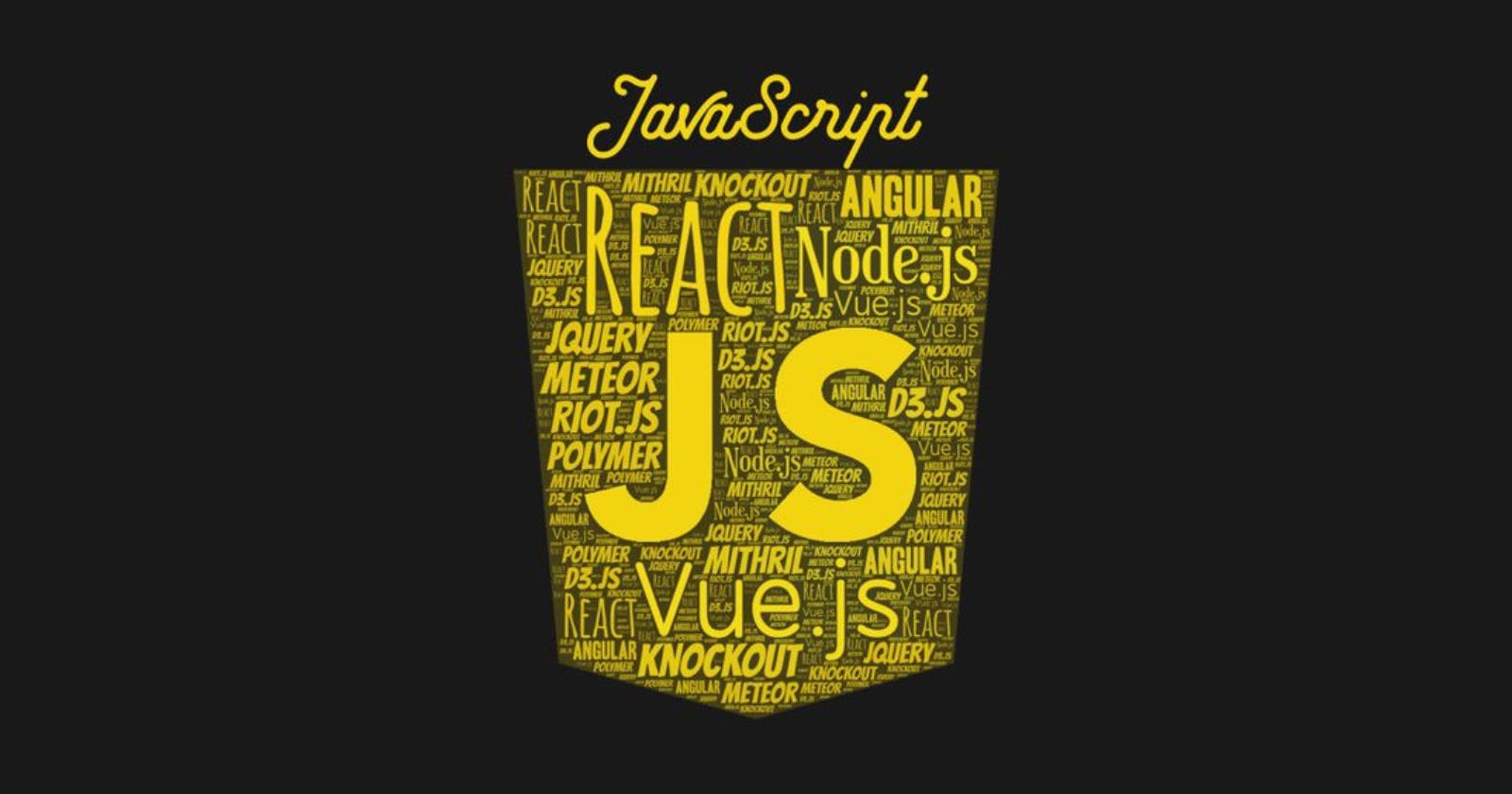JavaScript comparison operators are your workhorses for evaluating relationships between values. They return true or false based on whether a condition holds.
Types of Comparison Operators
JavaScript offers a toolbox of comparison operators, each serving a specific purpose:
Equality (
==) - Checks if two values are equal, even performing type conversion if necessary (often leading to unexpected results).Strict Equality (
===) - Compares both value and type, ensuring a stricter match.Inequality (
!=) - Opposite of==, checks if values are not equal.Strict Inequality (
!==) - Opposite of===, checks if values are not equal in value or type.Greater Than (
>) - Determines if the left operand is greater than the right.Greater Than or Equal To (
>=) - Checks if the left operand is greater than or equal to the right.Less Than (
<) - Determines if the left operand is less than the right.Less Than or Equal To (
<=) - Checks if the left operand is less than or equal to the right.
Understanding Type Coercion with ==
When using ==, JavaScript might convert one operand's type to match the other before comparison. This can lead to surprising behavior, so it's generally recommended to use strict comparison (===) for clarity and consistency. Here are some examples:
JavaScript
5 == '5' // true (converts '5' to number)
0 == false // true (converts false to 0)
Strict Comparisons with === and !==
Strict comparison operators (=== and !==) avoid type coercion, ensuring a more reliable evaluation. They only return true if both value and type are identical:
JavaScript
10 === '10' // false (different types)
null === undefined // false (different types)
Special Cases: null, undefined, and NaN
These values have unique comparison behavior:
nullandundefinedare loosely equal (==) but strictly unequal (!==).NaNis not equal to anything, including itself (NaN != NaN).
In Conclusion
By mastering JavaScript comparison operators, you'll gain the power to make informed decisions within your code. Remember to use strict comparisons (=== and !==) whenever possible to avoid unintended type conversion surprises.

